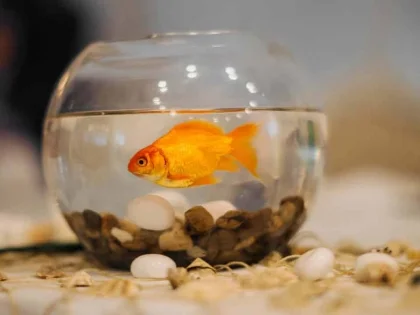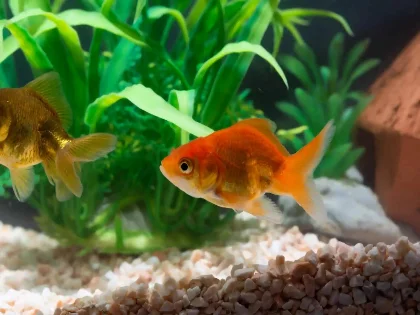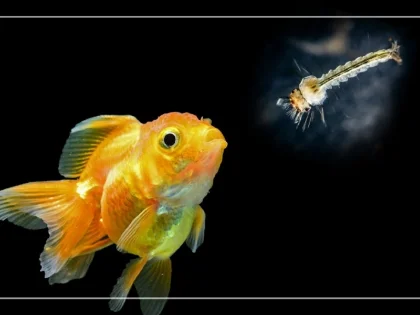Goldfish have color vision and are able to sense movement in their surroundings. Even in the twilight or morning, when polarized illumination is present, their eyes are susceptible.
Scientists trained nine goldfish to swim 70 cm on demand in exchange for food incentives using a tank with 2 cm-wide black and white stripes on its walls and base. When the backdrops in the tank were changed, the fish continued to swim the same distance.
Perceive in Color
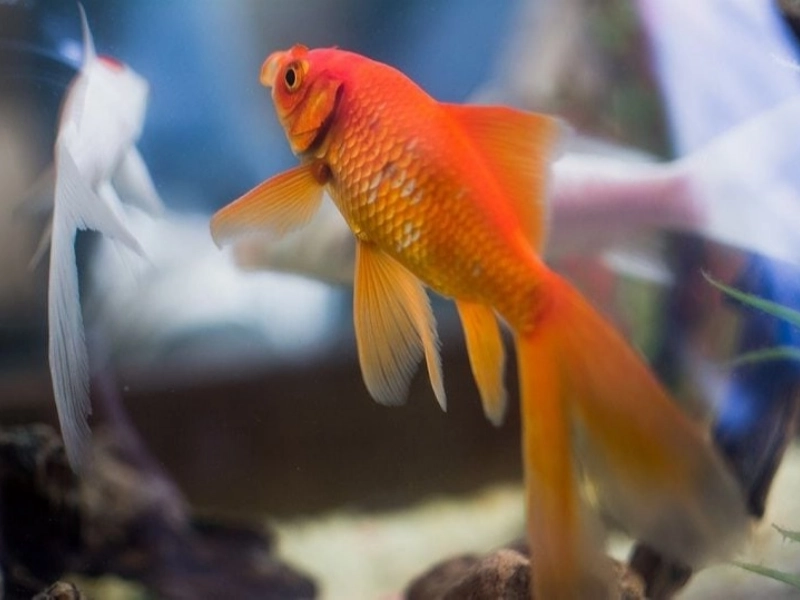
Advertisement
Colors like red, green, blue, and ultraviolet light are visible to goldfish. They are also capable of seeing luminance, which is a color and light intensity combination.
A goldfish's vision in the dark is limited, just like that of most other fish. To navigate their environment at night, they rely on their lateral line organ and sense of smell.
The eyes of fish have lenses that are more spherical in shape than those of mammals. They can now view visuals in about 360 degrees around them, thanks to this.
Goldfish can perceive four colors—red, green, and blue—while humans can only see three. These colors are combinations of the three colors. They can see in tetrachromatic as a result.
Goldfish learned to distinguish between various painted panels with varying brightness in their studies. The fish picked up on the distinction between blue and green quite quickly, but it took it longer to recognize red from blue. Goldfish need eight to twelve hours of uninterrupted sleep to rest because they do not have eyelids.
They have night vision.
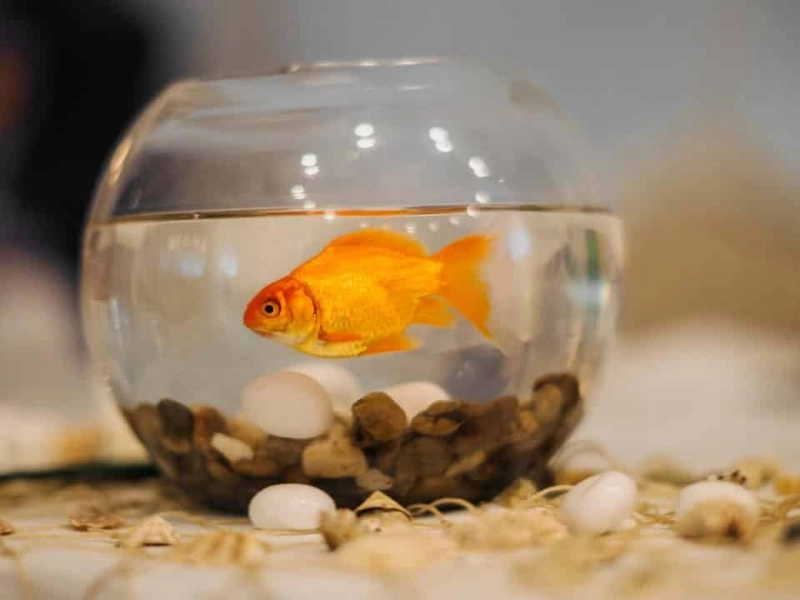
Although goldfish have poor night vision, they can see well enough to navigate their aquariums. This is due to the way that light is bent, or refracted, by water. In order to make up for this, fish have spherical lenses in their eyes that can flex to change shape when light enters them.
Certain fish, such as lantern fish and deep sea fish, have developed unique adaptations that enable them to see in the dark or in murky water. Larger eyes, dilating pupils to let in more light, and reflectors behind their eyes to refract light back toward the retina are some examples of these adaptations.
Furthermore, many fish possess a sense known as the lateral line organ, which provides them with a tactile, balancing, and auditory sense that humans do not. In addition to using their vision, goldfish and other fish use their lateral line organs to locate food, refuge, and potential partners.
Perceive in Light

Although they cannot see in the dark, goldfish are sensitive to light changes. Their lateral line organs, which are sensors that pick up motion and vibration in water, are used to accomplish this. They can also identify directed flow and pressure.
The maximum distance that goldfish can see before objects get fuzzy is approximately 15 feet. Because of this, abrupt movements away from their tank tend to terrify them, whereas delicate movements that stay in their clear field of vision seem to reassure them.
Rod and cone cells in the retina of a goldfish's eye are responsible for color perception. The fish can distinguish between red, green, and blue in a way that is comparable to human vision. But unlike humans, they are also able to sense ultraviolet (UV) light. This added hue could make it easier for them to tell a buddy from a predator. Additionally, it might be utilized to interact with other fish or their owners. Since it aids in their capacity to locate mates and prey, the ability to see UV light is crucial for goldfish survival in the environment.
They use ultraviolet light to see
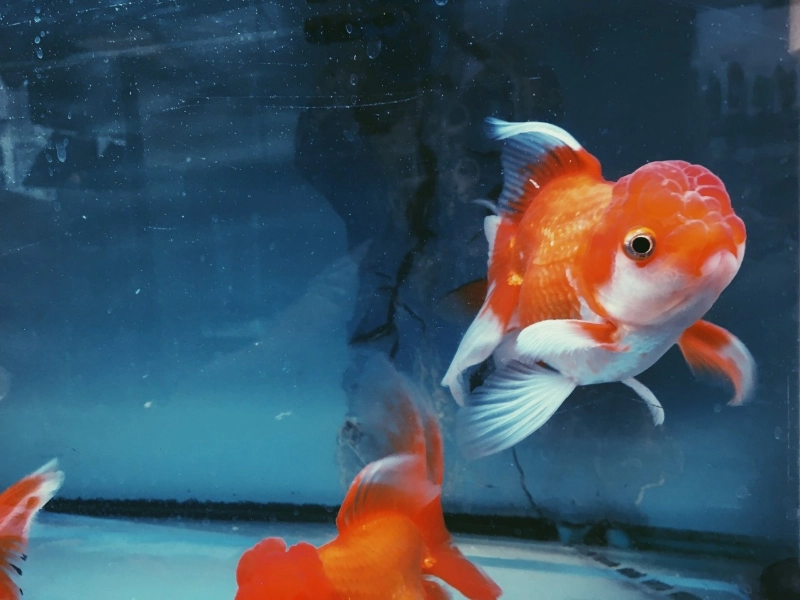
Despite their inability to see in total darkness, goldfish are nonetheless able to navigate their pond and tank. Similar to numerous other fish species, such as blind cave tetras, goldfish are able to navigate through the murky waters of their environments by using their sense of smell in conjunction with a unique system known as the Lateral Line Organ, which consists of a network of pits that sense changes in water pressure. This provides the fish with a combined sense of vision, touch, and balance.
Goldfish vision is more complex than just combining red, green, and blue (RGB), according to research. Instead, because of their four color receptors, or "cones," they are able to perceive a greater range of colors.
A goldfish's retina contains cones that enable it to sense polarization in addition to UV radiation. Because of this, they are extremely sensitive to even the slightest movement in their tanks and are able to identify you by your polarized facial expressions.
Advertisement








